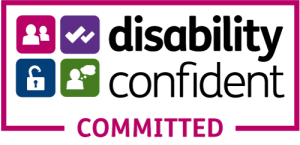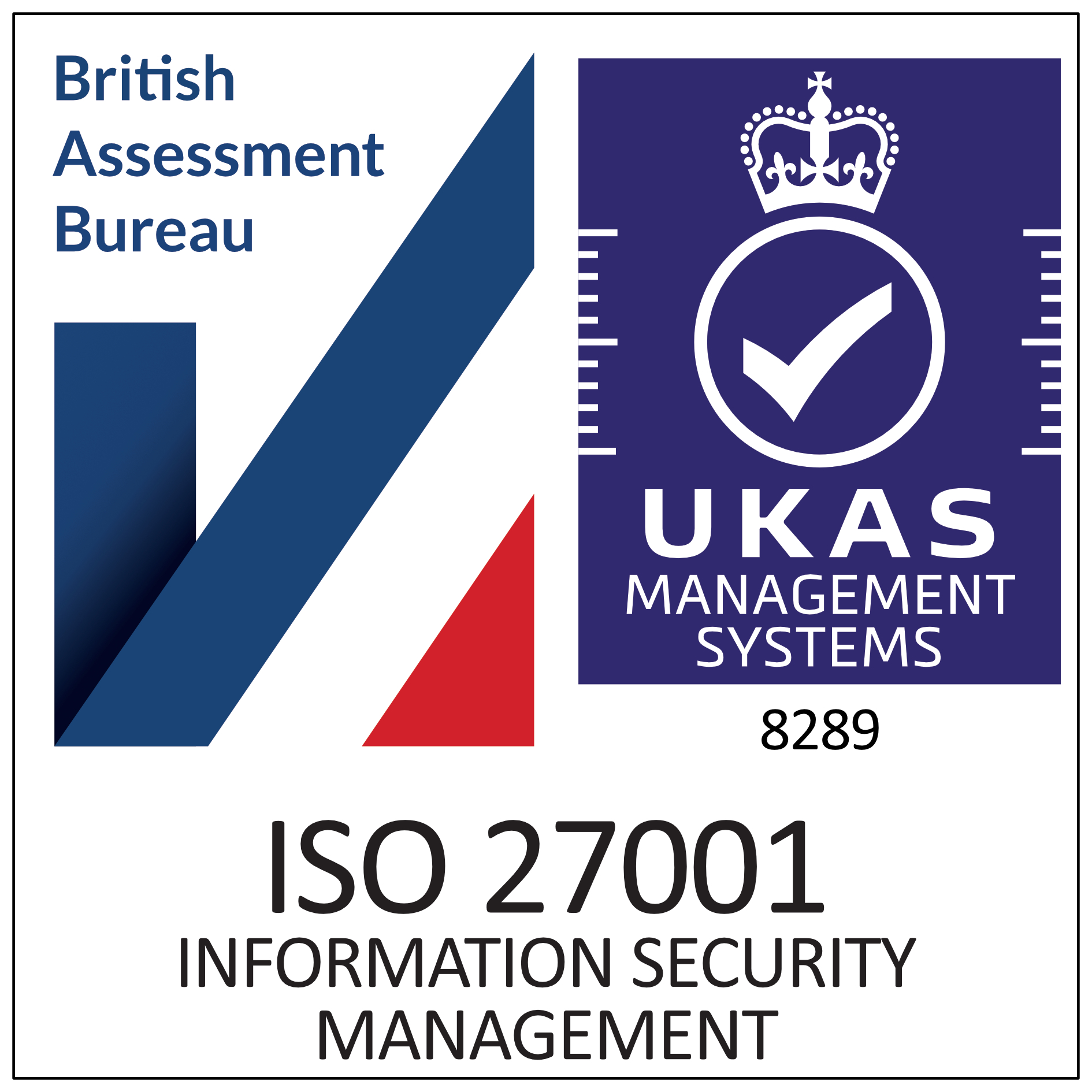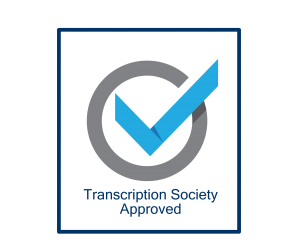A New Transcriber – 200 Words a Minute
We had a job application in to TP Transcription Towers this week from a potential transcriber who claimed to be able to type at 200 words a minute. This made us pay attention – what possibilities abound for a company who have such a transcriber able to assist? Essentially this transcriber can type faster than the spoken word – the average conversation is spoken at about 150 wpm. Unfortunately the transcriber did not respond when we got in touch to clarify how fast they could type and we think it may have been one too many 0s on the application!
World’s Fastest Typist
The world’s fastest typist for many years was Stella Pajunas who in 1946 set the record at 216 wpm typing on an IBM electronic typing machine. This record was only matched on a computer keyboard in 2005 by Barbara Blackburn who managed to hit a peak of 216 wpm on a Dvorak keyboard. Only a handful of people have been able to reach speeds of over 200 wpm since.
WPM (words per minute) does not have the actual definition you expect it to have…
What Does WPM Actually Mean?
WPM commonly means words per minute however words vary in length e.g book and kaleidoscope. So to make it standardised each word is shortened to 5 characters long and this includes spaces. Therefore the phrase “I can type” is 10 characters long and therefore if you were to type this in a minute you would have a typing speed of 2 wpm which is incredibly slow. The other way to measure typing speed is in characters per minute but this is less common.
What is the Average Speed for Typing?
The average speed to type at is 41 wpm at a 92% accuracy.
Hunt & Peck 2-3 Fingers
Learning how to type can really make a difference to your speed. If you use the basic method called ‘Hunt and Peck’ where you find the keys that you are looking for usually only using two or three fingers, you will be limited to a typing speed of 27 wpm for copying texts. Although some people who get extremely good at this method can reach a speed of 70 wpm in short bursts.
Touch Typing = High Speed
The key to typing quickly is the touch typing method. This allows you to type a lot faster if you learn and practice as this technique relies on muscle memory. If you are able to do this technique you should be able to type in the dark or with your eyes closed without making too many mistakes.
Typing this way can help you reach 70 wpm and even 100 wpm.
Typing Speeds for Different Jobs
Different jobs require different typing speeds:
Secretary or Receptionist: 65wpm
Transcriptionist: 70wpm
Data Entry: 60-80wpm
Court Reporter: 180wpm
The Court Reporter can only achieve these extremely high speeds of typing by using a stenograph which spells out using whole syllables and only has 22 keys. The fastest person using a stenograph is Mark Kislingbury of Houston, Texas, USA who achieved 360 wpm with 97.23% accuracy, at the NCRA 2004 summer convention on 30 July 2004.
Different Keyboard Layouts
QWERTY: This is the standard keyboard layout, created in the 1800s, and was designed so that keys don’t jam. It is the most popular keyboard layout used, however some typists would argue that it is slower than other keyboard layouts.
DVORAK: It was created in 1936 and it places the most commonly used letters in the home row (the middle row). Qwerty was designed to stop keys from being damaged and this meant that most of the typing is done with the left hand whereas Dvorak mostly uses the right hand. It is mostly used by typists who believe that they are able to type faster and say it is more efficient to use.
COLEMAK: A modern alternative to qwerty and Dvorak and was designed to be more efficient and make typing faster. It is easier to switch between Qwerty and Colemak as there are fewer key changes than with Dvorak. Currently, it is the third most popular keyboard.









